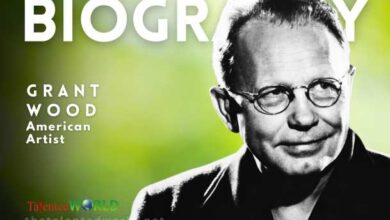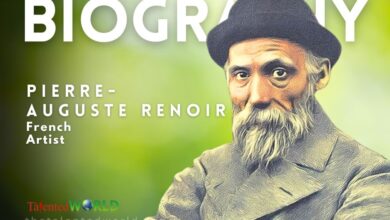| Full Name | Andrew Warhola Jr. |
| Date of Birth | August 6, 1928 |
| Place of Birth | Pittsburgh, Pennsylvania, U.S. |
| Date of Death | February 22, 1987 |
| Place of Death | New York City, U.S. |
| Resting Place | St. John the Baptist Byzantine Catholic Cemetery, Bethel Park, Pennsylvania |
| Education | Carnegie Institute of Technology (Carnegie Mellon University) |
| Artistic Fields | Printmaking, painting, cinema, photography |
| Notable Works | Campbell’s Soup Cans (1962), Marilyn Diptych (1962), Chelsea Girls (1966 film), Exploding Plastic Inevitable (1966 event) |
| Art Movements | Pop art, contemporary art |
| Signature Style | Pop art |
| Famous Studio | The Factory |
| Major Contributions | Managed The Velvet Underground, coined “15 Minutes of fame” |
| Notable Incident | Shot by Valerie Solanas in 1968 |
| Death | Died of cardiac arrhythmia post-gallbladder surgery |
| Museum | The Andy Warhol Museum in Pittsburgh |
| Notable Auctions | Silver Car Crash (Double Disaster) sold for $105 million (2013), Shot Sage Blue Marilyn sold for $195 million (2022) |
| Parents | Ondrej Warhola (Andrew Warhola Sr.) and Julia Warhola |
| Siblings | Two elder brothers: Pavol (Paul) and John |
| Ethnicity | Lemko (Eastern European) |
| Religion | Ruthenian Catholic |
| Early Career | Commercial illustrator in the 1950s |
| Books Authored | The Philosophy of Andy Warhol, Popism: The Warhol Sixties |
| Magazine Founded | Interview |





